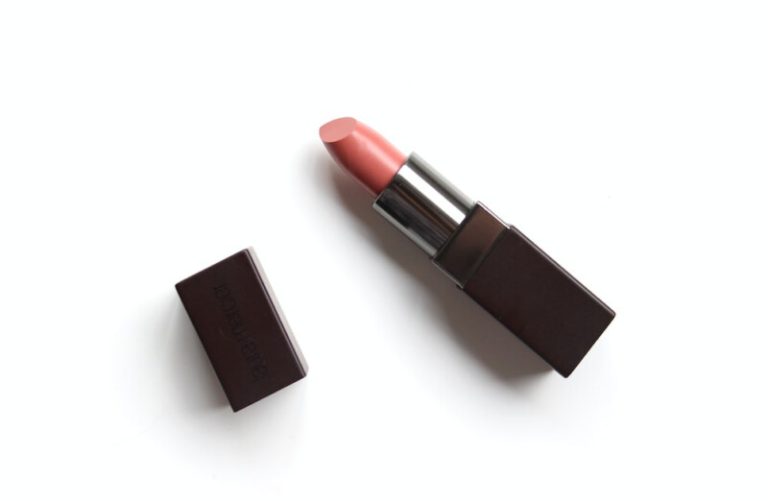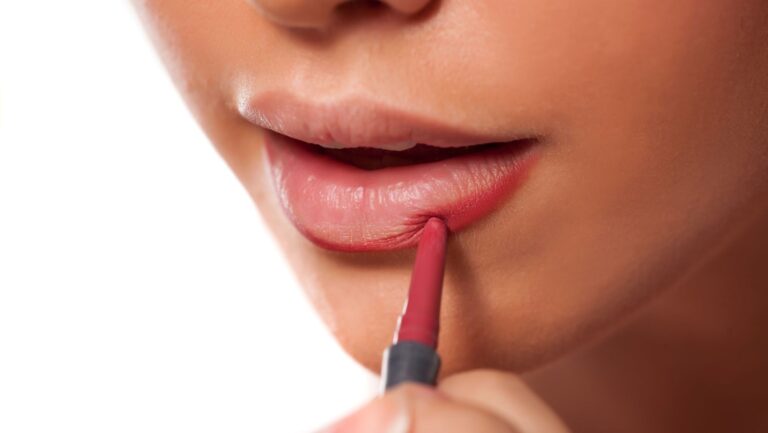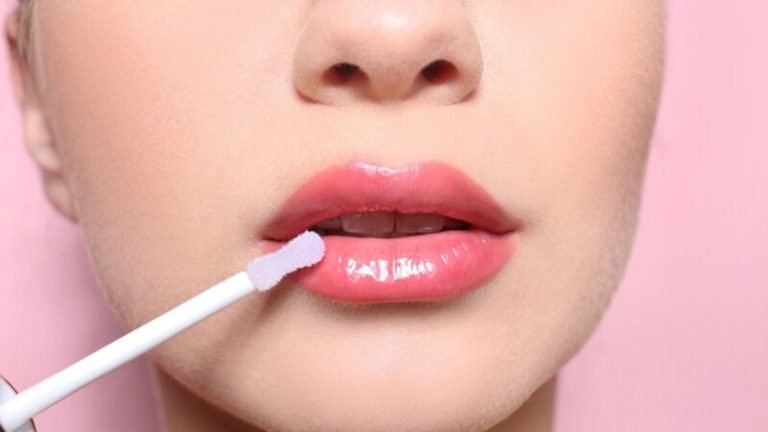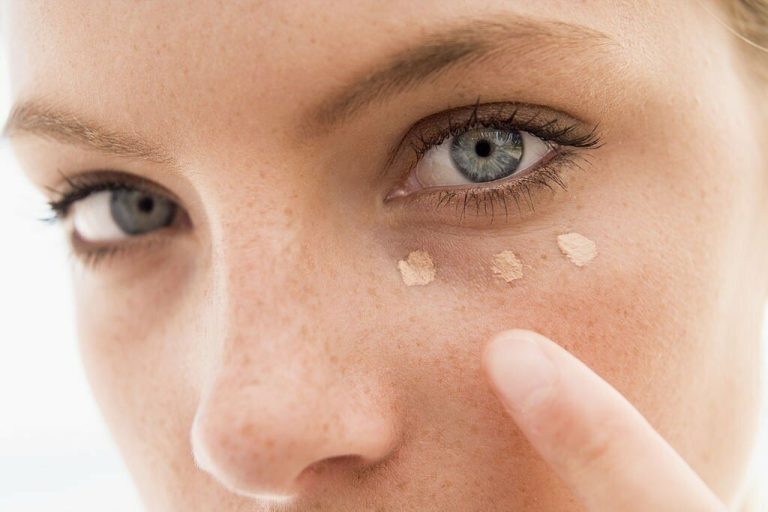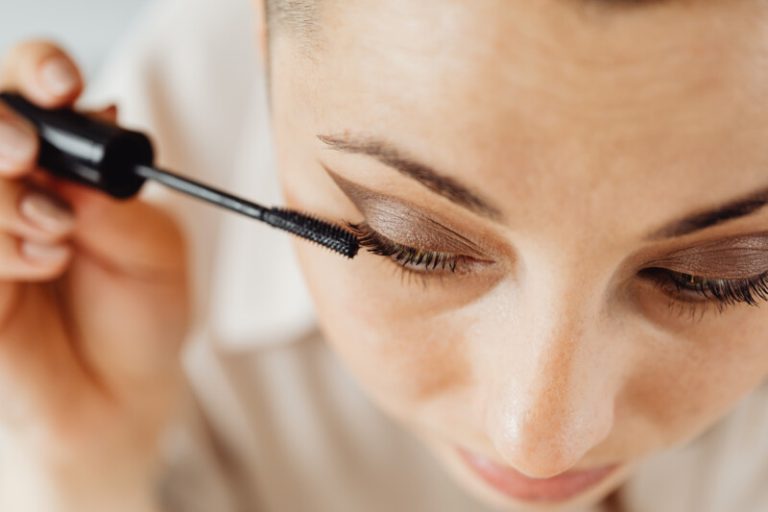Does crying make your eyelashes longer?
Have you ever heard the claim that crying makes your eyelashes grow longer and fuller? This common beauty myth has been passed down for generations. But is there any truth to the idea that tears can boost eyelash length and volume?
In this blog post, we’ll explore the anatomy of eyelashes, the science behind tears, and whether crying really impacts eyelash growth.
The Anatomy of Eyelashes
Contents
Before diving into the effects of crying, let’s first understand what eyelashes are and how they grow. Eyelashes are short, fine hairs that grow from the edges of the eyelids. Humans have about 200-300 lashes on the top lid and just 50-150 on the bottom.
Eyelashes serve several important functions. They protect the eyes from dust, dirt, and debris. The lashes also help filter sunlight and prevent perspiration from trickling into the eyes. In addition, eyelashes play a role in nonverbal communication by accentuating eye movements and expressions.
Now, how do these delicate hairs grow? Eyelash follicles contain stem cells that divide and stimulate growth. The lash growth cycle consists of three phases:
- Anagen phase – Active growth phase that lasts about 30-45 days. Eyelashes can grow 0.15-0.2mm per day during this period.
- Catagen phase – Transition phase marking the end of active growth. Lasts around 2-3 weeks.
- Telogen phase – Resting phase when the lashes detach and shed. This phase is about 3-4 months long, after which the cycle repeats.
Just like scalp hair, eyelashes are always in different stages of the growth cycle. As some hairs are shedding, others are actively growing. This allows for continuous regeneration.
The Science of Tears
Crying triggers the release of tears, so we need to understand the biology of tears to determine if they affect lash length.
Tears are made up of a complex mixture of oils, proteins, antibodies and enzymes. The primary components include:
- Water – Comprises most of the tear volume, secreted by lacrimal glands.
- Mucin – Thick glycoprotein that prevents tears from spilling out too quickly.
- Lipids – Oily layer that prevents evaporation of tears.
- Antibodies – Immune molecules that protect against infection.
- Lysozyme – Enzyme that fights bacteria.
- Electrolytes – Salts, minerals and nutrients.
Tears serve a number of critical roles such as lubricating the eyes, providing nutrients, shielding from pathogens, and removing irritants.
There are three types of tears produced by the lacrimal system:
- Basal tears – Present at all times to keep the eyes moist.
- Reflex tears – Generated in response to irritants like smoke or onions.
- Emotional tears – Released while crying in response to strong feelings.
Emotional tears contain more protein due to increased mucin production. Some studies show that emotional crying releases excess stress hormones and other toxins from the body.
Now that we’ve analyzed the components of tears, let’s look at how crying could potentially impact eyelash length.

The Impact of Crying on Eyelashes
At this point, you’re probably wondering – can turning on the waterworks really lead to longer lashes? After investigating the scientific evidence, I can conclude that crying does not directly increase eyelash growth. Here are the reasons why:
- Tears don’t contain nutrients needed for lash growth – They’re mostly water and do not provide key vitamins, minerals, or proteins to stimulate the hair follicles. While tears may temporarily condition lashes, they do not nourish the follicles or lead to lasting growth.
- Crying cannot alter the eyelash growth cycle – The phases of growth are biologically programmed and cannot be accelerated by behavioral factors like crying. The anagen phase lasts 30-45 days regardless of shedding emotional tears.
- Studies show no difference in eyelash length – Objective clinical studies have measured eyelash length in criers vs non-criers. There were no significant differences observed, debunking the myth.
- Eyelash follicles are unaffected by crying – Research shows that the stem cells, hormones, and cytokines that control lash growth are entirely unaffected by emotional tears. The physiological process continues normally.
- Tears primarily moisturize the surface – While the oily tear film may temporarily coat lashes, the moisture does not penetrate to the follicle needed to stimulate growth.
So in summary, scientific evidence does not support the notion that crying elongates the lashes. Tears may briefly condition the hairs but do not alter the innate biology governing eyelash growth cycles.
Common Myths About Eyelashes and Crying
Despite the lack of evidence, the myth persists that sobbing leads to longer lashes. Let’s explore a few common misconceptions:
Myth: Tears contain nutrients that nourish the follicles
Fact: As discussed above, tears are mostly water and do not contain meaningful amounts of hair-healthy vitamins, minerals, or proteins. Any nutrients would have to reach the follicle to stimulate growth, which tears cannot achieve.
Myth: Crying stimulates blood circulation to promote growth
Fact: While weeping causes bloodshot eyes, there is no evidence that this increased blood flow impacts lash growth. The follicles receive adequate circulation naturally through the body’s processes.
Myth: Emotional tears differ in composition from regular tears
Fact: All types of tears contain a similar profile of water, oils, and other molecules. Emotional tears only have slightly more protein from mucin but this does not affect eyelash biology.
Myth: Frequent criers have longer lashes
Fact: As established earlier, clinical studies demonstrate no difference in eyelash length between frequent criers and others. Anecdotal accounts of criers having fuller lashes are likely just confirmation bias.
Myth: Mascara advertisements use fake eyelashes after “crying”
Fact: Mascara ads show results after applying the product on wet lashes. But the moisture comes from spray bottles, not actual tears which would ruin the mascara!
The bottom line is that no compelling evidence exists to support the notion that crying boosts eyelash growth. This enduring myth likely persists due to the placebo effect and selective observation. But scientifically speaking, tears have no lasting impact on the structure or length of lashes.
How to Maintain Healthy Eyelashes
If crying won’t make your lashes grow faster and longer, what will? Here are some tips for keeping your eyelashes in top condition:
- Gently cleanse daily – Use a mild facial cleanser to remove makeup and debris from lashes. Avoid rubbing aggressively.
- Apply a nightly serum – Serums with peptides, biotin, or panthenol nourish follicles overnight.
- Take hair growth supplements – Oral supplements with vitamins A, C, D, E, as well as biotin, support lash health.
- Use conditioning mascara – Choose formulas that condition and protect lashes. Avoid waterproof types that require harsh removal.
- Avoid excessive rubbing and tugging – Friction from rubbing the eyes or curling lashes can cause hairs to fall out prematurely.
- Get regular trims – Schedule lash trims every 4-8 weeks to remove damaged split ends and encourage regeneration.
- Manage diseases and deficiencies – See a doctor to treat conditions like hypothyroidism, hormonal imbalance, or autoimmune diseases that may thin lashes.
- Safely enhance with extensions – Semi-permanent lash extensions can add length and volume when applied properly by a licensed technician.
While you can’t cry your way to longer lashes, following best practices for cleansing, nourishment, and protection will help your natural eyelashes look their best!
Conclusion
In this post, we’ve explored the compelling question – does crying make your eyelashes longer? After diving into the scientific evidence, we can conclude that crying does not directly impact eyelash length or growth cycles. Tears may briefly condition lashes but do not provide lasting benefits.
Common myths speculate that emotional tears contain nutrients, stimulate blood flow, or represent a magic serum for lashes. However, research indicates crying has no measurable effect on eyelash biology. To achieve fuller, longer lashes, it’s better to stick with a regimen of cleansing, conditioning, and protective mascara.
So next time you reach for the waterproof mascara before a tear-jerker movie, don’t expect to expedite your lash growth! With the science laid out, we can finally put this beauty myth to rest. But if you enjoy a good cry, embrace it for the emotional release rather than any false eyelash benefits. With the right daily care, your natural lashes will flourish and highlight your beautiful eyes.

Founded by Sophia Rodriguez, IGXO Cosmetics is a PETA-certified, cruelty-free, and vegan makeup brand.
